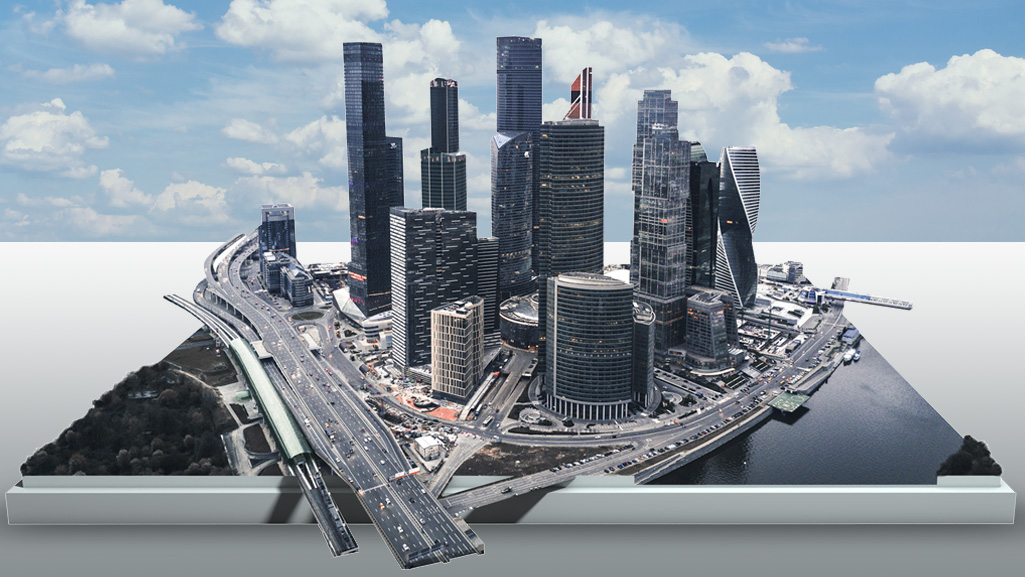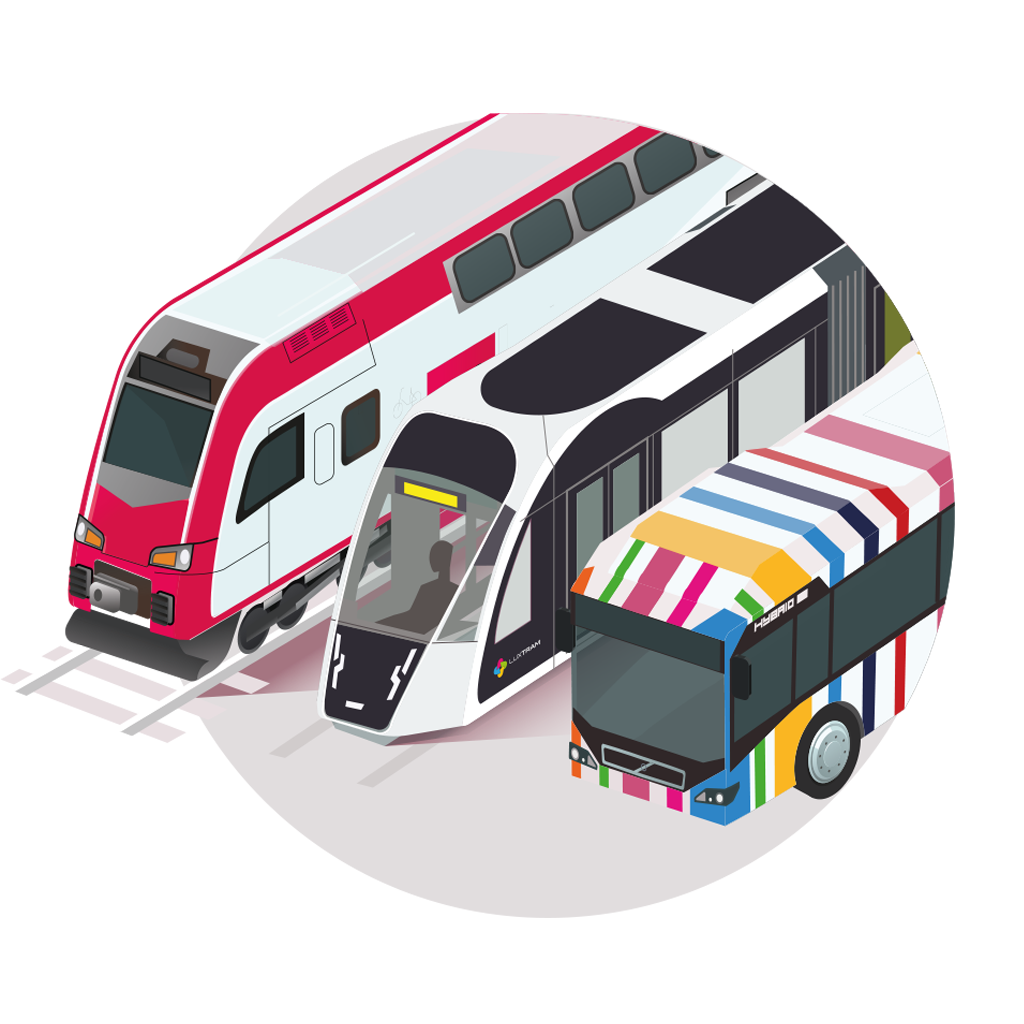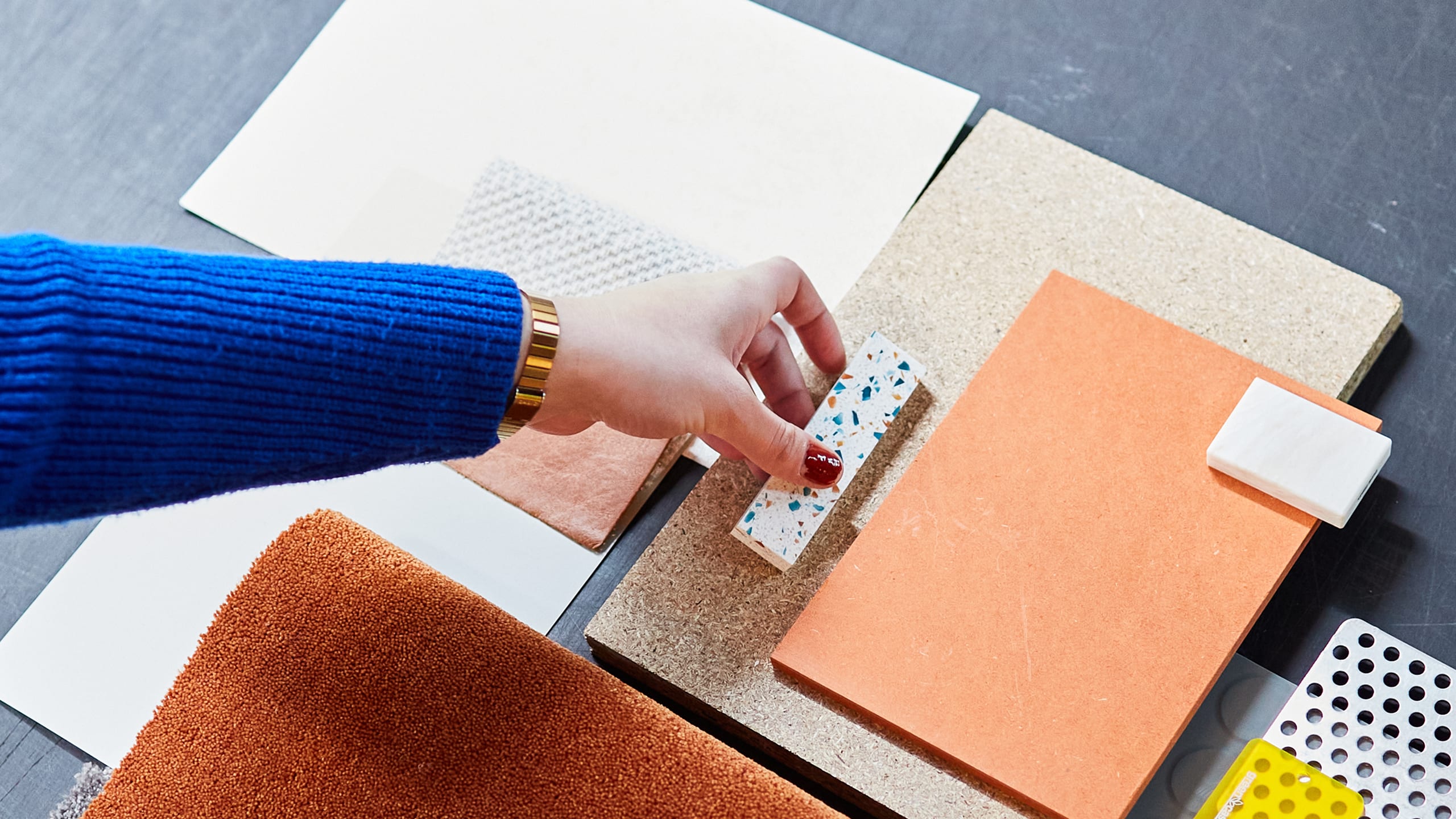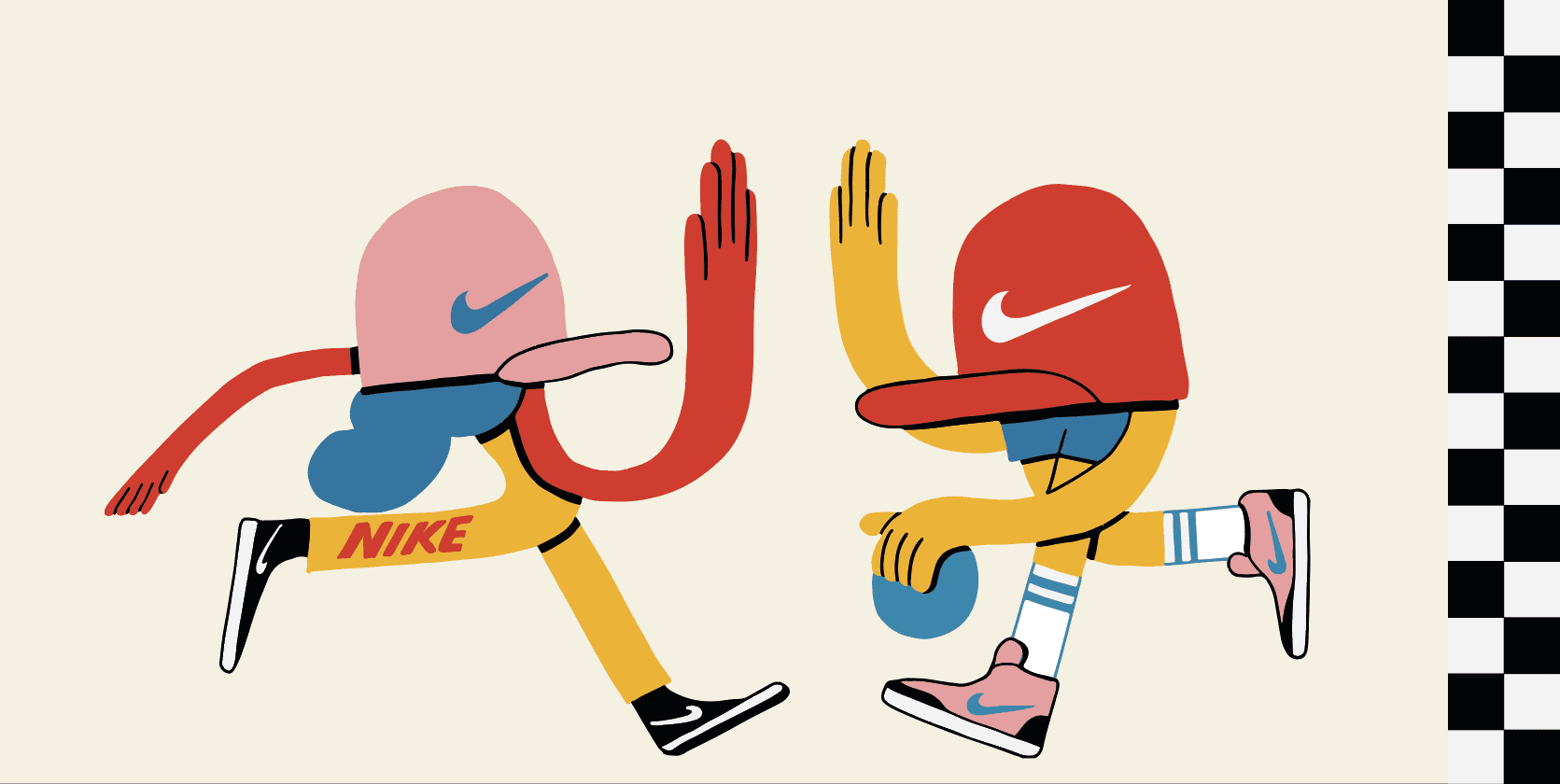Insights
EuroShop: Lively Cities
Megan Hotson
30/03/23

One of the main themes of EuroShop 2023 was “lively cities,” which explored the ways in which retailers can contribute to creating vibrant, sustainable, and inclusive urban environments.
Leaning into digitization, spatial quality, and mobility in public spaces, retailers and designers can help to create vibrant and dynamic urban environments that benefit both the local community and the wider world.
We spotlight some of the key trends and ideas that are shaping the future of lively cities.
Digitization
From future planning to virtual shopping – digital solutions are helping enhance the real-world existence of the cities we live, shop and work within.
A digital city twin is a virtual representation of any city, which can then be used to help planners analyse, and simulate future scenarios.

While sceptics argue that digital advancement of this kind marks the beginning of the slow displacement of a physical world, EuroShop’s ‘Future Lab’ educated visitors on its benefits. For example, being able to visualise changes or innovations in a virtual space, before the physical to refine and perfect the decision-making process.
Alongside future city planning, digitalization in our cities is helping natives and tourists navigate the city landscape more efficiently. Using AR, people can take virtual tours around pretty much any city around the globe, making connectivity for consumers greater than ever before.
AR is allowing city-dwellers to also uncover the history of their cities via smart devices; for example, by taking a virtual tour looking at London’s streets through the lens of the 19th century, watching horse drawn carts parade across London Bridge.
This technology helps enhance and deepen our understanding of the lively cities we operate in and is something technology of this kind should continue to do to ensure we can live symbiotically between the physical and virtual world.
Spatial Quality
Maximising, or efficiently organising space in bustling cities is key as urban populations continue to soar.
At EuroShop this year, our modern cities were referred to as ‘an extended living room’. This sees our city spaces developed into central gathering spaces where citizens can meet, work and play.

Take Kings Cross – the ‘back garden’ to our office based in busy London. This area has been repurposed in the last decade to offer pockets to suit every aspect of a city-dwellers lifestyle. From co-working spaces, to food, and fashion shops, alongside spaces to sit outdoors and installations to inspire.
The future lab stand at the fair this year emphasised the growing importance and role of city’s as an extended space to cater for the growing expectations of city-dwellers for multi-functional, organised spaces.
Alongside this, spatial quality can also be defined by dining concepts. And at Euroshop a key topic around this was ‘Instagrammable dining concepts’.
It is no longer just about how food and drink taste, but how they are served or ‘staged’. Restaurants that have an aesthetic or experiential appeal automatically build an affinity with a younger audience.
The locations created by the ‘Big Mamma’ restaurant group for example are deemed as Instagram worthy spaces that lean into social curiosity and the desire for sharable photos.
Having city streets or hubs laden with dining concepts that attract visitors builds a buzzing, vibrant quality city space.
Mobility
City mobility is crucial because it allows people to move freely and efficiently around different and developing forms of infrastructure.
Mobility is one of the most important drivers in combatting climate change, and the advent of free public transport is a sign we are developing more considered approaches to moving around our cities.

EuroShop 2023 shone a light on Luxembourg as the first country that allows its travellers to use both trains and buses free of charge. This incentivises people to use public transport, reducing the usage of cars, acting to curb the accumulative carbon footprint of the entire city.
Sharing mobility methods is a trend also taking shape in cities. It comes at the same time that society is shifting toward experiences and shared solutions in a broader sense.
From bikes to scooters or even cars, there are multiple ways people can rent or borrow mobility methods in cities for a range of occasions. Not only it is a greener way to be mobile but allows people to lean into a sense of community that consumers increasingly crave in a city-environment.
The discussed elements of lively cities go hand-in-hand in enabling people to live in sustainable, and prosperous spaces.
They are also key for us to consider in the retail industry, as re-iterated by Nina Bauer, Managing Director of VITAIL GmbH, because: “Retail and the city center are symbiotically linked and can positively develop each other”.
Keeping our fingers on the pulse of change and development in cities allows us to stay informed and ensure our design and broader creativity further enhances the urban environments we live, and work within.


